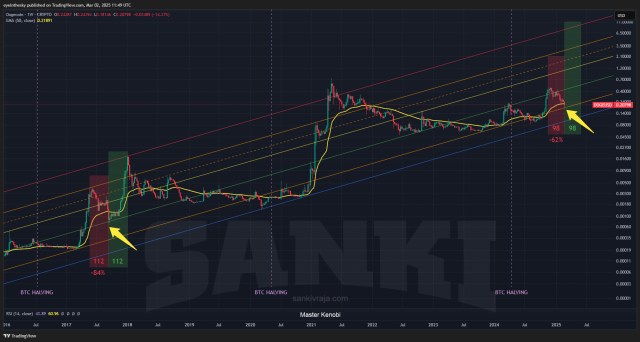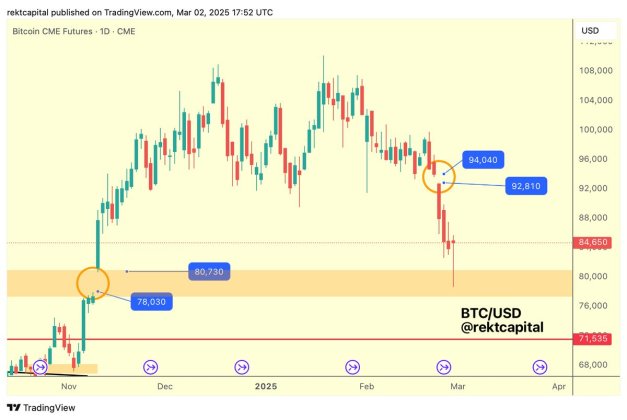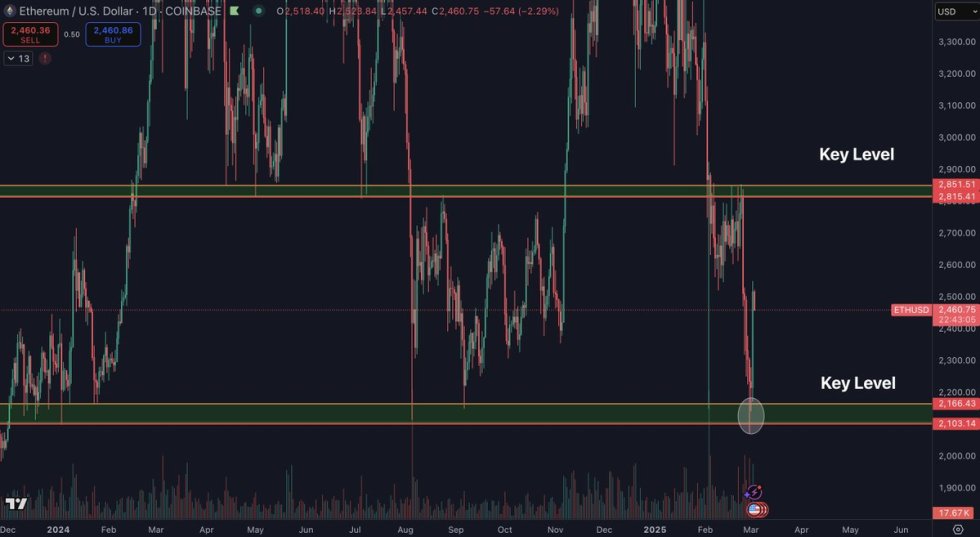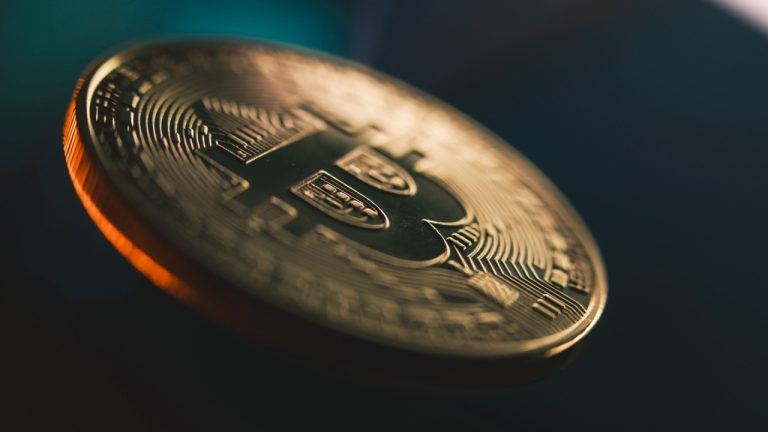Crypto lender Celsius Network has filed for Chapter 11 bankruptcy Bankruptcy Bankruptcy or insolvency constitutes a legal term and refers to being unable to repay debts. A business and a person can declare bankruptcy. When a person or company claims bankruptcy, it is described as a voluntary bankruptcy, and when your debtors force you into bankruptcy, it is referred to as involuntary. A voluntary bankruptcy occurs when the debtor or borrower, the party that owes the money files with the courts. Involuntary bankruptcy happens when your credits file a petition with the courts. Bankruptcy can only occur with a court filing. Since bankruptcy is a legal state, once the petition is filed with the appropriate court, local and state laws vary greatly. Different Kinds of Bankruptcy In the US, these legalities are referred to as Chapters 7 and 11, 12, and 13. Chapter 7 is a liquidation procedure, where all assets are sold, and the court oversees the distribution of the money to creditors based on their standing. Both businesses and individuals can file for chapter 7. Chapter 11 is a reorganization process where businesses are allowed to freeze their debts and continue to operate. In contrast, a method and procedure are negotiated through the courts to satisfy the obligations of the company. Chapter 13 is called a wage earner plan and helps people attempt to restructure their debts to repay their debts. This can include some debt forgiveness by creditors or reduced interest rates or balances. Not all private persons are eligible for Chapter 13, high amounts of debt don't qualify, and the person must file Chapter 11 or 7. Most individuals choose Chapter 13 over Chapter 11 or Chapter 7 because it aids them in avoiding foreclosure on their residence. The filing of bankruptcy is considered a last resort when businesses and persons have not been able to negotiate terms directly with their creditors. Bankruptcy or insolvency constitutes a legal term and refers to being unable to repay debts. A business and a person can declare bankruptcy. When a person or company claims bankruptcy, it is described as a voluntary bankruptcy, and when your debtors force you into bankruptcy, it is referred to as involuntary. A voluntary bankruptcy occurs when the debtor or borrower, the party that owes the money files with the courts. Involuntary bankruptcy happens when your credits file a petition with the courts. Bankruptcy can only occur with a court filing. Since bankruptcy is a legal state, once the petition is filed with the appropriate court, local and state laws vary greatly. Different Kinds of Bankruptcy In the US, these legalities are referred to as Chapters 7 and 11, 12, and 13. Chapter 7 is a liquidation procedure, where all assets are sold, and the court oversees the distribution of the money to creditors based on their standing. Both businesses and individuals can file for chapter 7. Chapter 11 is a reorganization process where businesses are allowed to freeze their debts and continue to operate. In contrast, a method and procedure are negotiated through the courts to satisfy the obligations of the company. Chapter 13 is called a wage earner plan and helps people attempt to restructure their debts to repay their debts. This can include some debt forgiveness by creditors or reduced interest rates or balances. Not all private persons are eligible for Chapter 13, high amounts of debt don't qualify, and the person must file Chapter 11 or 7. Most individuals choose Chapter 13 over Chapter 11 or Chapter 7 because it aids them in avoiding foreclosure on their residence. The filing of bankruptcy is considered a last resort when businesses and persons have not been able to negotiate terms directly with their creditors. Read this Term in a New York court, the company announced on Wednesday.
It came only a day after Vermont’s state financial regulator said that the troubled crypto company is 'deeply insolvent' and lacks assets and liquidity to repay account holders and creditors.
The crypto company’s troubles surfaced when it paused withdrawals on June 12, citing a volatile market, and then hired restructuring experts for advice on financials. It even had a few job cuts in between.
“Today’s filing follows the difficult but necessary decision by Celsius last month to pause withdrawals, swaps Swaps Swaps can be defined as a derivate contact composed of two parties that exchange to cash flow between two separate financial instruments.They are generally divided into two categories. This includes contingent claims (options) and forward claims, where forward contracts, swaps, and exchange-traded funds (ETFs) are exchanged. Commodity price, equity price, interest rate, and foreign exchange rate are common variables used as one of the cash flows in swaps upon initiation. Different Types of SwapsCommon types of swaps include interest rate swaps, commodity swaps, currency swaps, and debt-equity swaps.Interest rate swaps are used to hedge against interest rate risk and involve cash flows exchanged between two parties that are comprised of a notional principal amount. A financial intermediary or a bank is used for swaps but these are dependent upon both party’s comparative advantage.Commodity swaps use the exchange of a floating commodity price, with a predetermined set price for a specific period while crude oil is the most heavily swapped commodity. Meanwhile, currency swaps involve the exchange of principal payments of debt and interest that are denominated in different currencies. An example of a currency swap would be when the U.S. Federal Reserve conducted a swap with central banks of Europe during the 2010 European financial crisis.Used as a way to reallocate capital structure or refinance debt, a debt-equity swap deals with the exchange of debt for equity. For instance, a public traded company would issue bonds for stocks. Swaps are not exchange-traded instruments but rather customized contracts traded in an over-the-counter market between parties. While the swaps industry is primarily used by firms and financial institutions, retail traders have been known to participate although there is always a risk of counterparty’s defaulting on agreed-upon swaps. Swaps can be defined as a derivate contact composed of two parties that exchange to cash flow between two separate financial instruments.They are generally divided into two categories. This includes contingent claims (options) and forward claims, where forward contracts, swaps, and exchange-traded funds (ETFs) are exchanged. Commodity price, equity price, interest rate, and foreign exchange rate are common variables used as one of the cash flows in swaps upon initiation. Different Types of SwapsCommon types of swaps include interest rate swaps, commodity swaps, currency swaps, and debt-equity swaps.Interest rate swaps are used to hedge against interest rate risk and involve cash flows exchanged between two parties that are comprised of a notional principal amount. A financial intermediary or a bank is used for swaps but these are dependent upon both party’s comparative advantage.Commodity swaps use the exchange of a floating commodity price, with a predetermined set price for a specific period while crude oil is the most heavily swapped commodity. Meanwhile, currency swaps involve the exchange of principal payments of debt and interest that are denominated in different currencies. An example of a currency swap would be when the U.S. Federal Reserve conducted a swap with central banks of Europe during the 2010 European financial crisis.Used as a way to reallocate capital structure or refinance debt, a debt-equity swap deals with the exchange of debt for equity. For instance, a public traded company would issue bonds for stocks. Swaps are not exchange-traded instruments but rather customized contracts traded in an over-the-counter market between parties. While the swaps industry is primarily used by firms and financial institutions, retail traders have been known to participate although there is always a risk of counterparty’s defaulting on agreed-upon swaps. Read this Term and transfers on its platform to stabilize its business and protect its customers,” said the members of the special committee of the Board of Directors.
“Without a pause, the acceleration of withdrawals would have allowed certain customers, those who were first to act, to be paid in full while leaving others behind to wait for Celsius to harvest value from illiquid or longer-term asset deployment activities before they receive a recovery.”
The company has detailed that it has $167 million in cash on hand, which will be used to carry out certain operations during the restructuring process. In addition, it requested the court for permission to continue operations in the normal course.
Not Resuming Withdrawals
However, Celsius highlighted that it will address customer claims through the bankruptcy proceedings and will now ask the court to resume withdrawals.
“This is the right decision for our community and company,” said Celsius’ Co-Founder and CEO, Alex Mashinsky, who once wanted to educate US regulators about the business model of crypto lenders.
“I am confident that when we look back at the history of Celsius, we will see this as a defining moment, where acting with resolve and confidence served the community and strengthened the future of the company.”
ADVERTISEMENT
Meanwhile, the California regulator has initiated an investigation against crypto firms offering interest-bearing accounts but did not name any specific companies.
Crypto lender Celsius Network has filed for Chapter 11 bankruptcy Bankruptcy Bankruptcy or insolvency constitutes a legal term and refers to being unable to repay debts. A business and a person can declare bankruptcy. When a person or company claims bankruptcy, it is described as a voluntary bankruptcy, and when your debtors force you into bankruptcy, it is referred to as involuntary. A voluntary bankruptcy occurs when the debtor or borrower, the party that owes the money files with the courts. Involuntary bankruptcy happens when your credits file a petition with the courts. Bankruptcy can only occur with a court filing. Since bankruptcy is a legal state, once the petition is filed with the appropriate court, local and state laws vary greatly. Different Kinds of Bankruptcy In the US, these legalities are referred to as Chapters 7 and 11, 12, and 13. Chapter 7 is a liquidation procedure, where all assets are sold, and the court oversees the distribution of the money to creditors based on their standing. Both businesses and individuals can file for chapter 7. Chapter 11 is a reorganization process where businesses are allowed to freeze their debts and continue to operate. In contrast, a method and procedure are negotiated through the courts to satisfy the obligations of the company. Chapter 13 is called a wage earner plan and helps people attempt to restructure their debts to repay their debts. This can include some debt forgiveness by creditors or reduced interest rates or balances. Not all private persons are eligible for Chapter 13, high amounts of debt don't qualify, and the person must file Chapter 11 or 7. Most individuals choose Chapter 13 over Chapter 11 or Chapter 7 because it aids them in avoiding foreclosure on their residence. The filing of bankruptcy is considered a last resort when businesses and persons have not been able to negotiate terms directly with their creditors. Bankruptcy or insolvency constitutes a legal term and refers to being unable to repay debts. A business and a person can declare bankruptcy. When a person or company claims bankruptcy, it is described as a voluntary bankruptcy, and when your debtors force you into bankruptcy, it is referred to as involuntary. A voluntary bankruptcy occurs when the debtor or borrower, the party that owes the money files with the courts. Involuntary bankruptcy happens when your credits file a petition with the courts. Bankruptcy can only occur with a court filing. Since bankruptcy is a legal state, once the petition is filed with the appropriate court, local and state laws vary greatly. Different Kinds of Bankruptcy In the US, these legalities are referred to as Chapters 7 and 11, 12, and 13. Chapter 7 is a liquidation procedure, where all assets are sold, and the court oversees the distribution of the money to creditors based on their standing. Both businesses and individuals can file for chapter 7. Chapter 11 is a reorganization process where businesses are allowed to freeze their debts and continue to operate. In contrast, a method and procedure are negotiated through the courts to satisfy the obligations of the company. Chapter 13 is called a wage earner plan and helps people attempt to restructure their debts to repay their debts. This can include some debt forgiveness by creditors or reduced interest rates or balances. Not all private persons are eligible for Chapter 13, high amounts of debt don't qualify, and the person must file Chapter 11 or 7. Most individuals choose Chapter 13 over Chapter 11 or Chapter 7 because it aids them in avoiding foreclosure on their residence. The filing of bankruptcy is considered a last resort when businesses and persons have not been able to negotiate terms directly with their creditors. Read this Term in a New York court, the company announced on Wednesday.
It came only a day after Vermont’s state financial regulator said that the troubled crypto company is 'deeply insolvent' and lacks assets and liquidity to repay account holders and creditors.
The crypto company’s troubles surfaced when it paused withdrawals on June 12, citing a volatile market, and then hired restructuring experts for advice on financials. It even had a few job cuts in between.
“Today’s filing follows the difficult but necessary decision by Celsius last month to pause withdrawals, swaps Swaps Swaps can be defined as a derivate contact composed of two parties that exchange to cash flow between two separate financial instruments.They are generally divided into two categories. This includes contingent claims (options) and forward claims, where forward contracts, swaps, and exchange-traded funds (ETFs) are exchanged. Commodity price, equity price, interest rate, and foreign exchange rate are common variables used as one of the cash flows in swaps upon initiation. Different Types of SwapsCommon types of swaps include interest rate swaps, commodity swaps, currency swaps, and debt-equity swaps.Interest rate swaps are used to hedge against interest rate risk and involve cash flows exchanged between two parties that are comprised of a notional principal amount. A financial intermediary or a bank is used for swaps but these are dependent upon both party’s comparative advantage.Commodity swaps use the exchange of a floating commodity price, with a predetermined set price for a specific period while crude oil is the most heavily swapped commodity. Meanwhile, currency swaps involve the exchange of principal payments of debt and interest that are denominated in different currencies. An example of a currency swap would be when the U.S. Federal Reserve conducted a swap with central banks of Europe during the 2010 European financial crisis.Used as a way to reallocate capital structure or refinance debt, a debt-equity swap deals with the exchange of debt for equity. For instance, a public traded company would issue bonds for stocks. Swaps are not exchange-traded instruments but rather customized contracts traded in an over-the-counter market between parties. While the swaps industry is primarily used by firms and financial institutions, retail traders have been known to participate although there is always a risk of counterparty’s defaulting on agreed-upon swaps. Swaps can be defined as a derivate contact composed of two parties that exchange to cash flow between two separate financial instruments.They are generally divided into two categories. This includes contingent claims (options) and forward claims, where forward contracts, swaps, and exchange-traded funds (ETFs) are exchanged. Commodity price, equity price, interest rate, and foreign exchange rate are common variables used as one of the cash flows in swaps upon initiation. Different Types of SwapsCommon types of swaps include interest rate swaps, commodity swaps, currency swaps, and debt-equity swaps.Interest rate swaps are used to hedge against interest rate risk and involve cash flows exchanged between two parties that are comprised of a notional principal amount. A financial intermediary or a bank is used for swaps but these are dependent upon both party’s comparative advantage.Commodity swaps use the exchange of a floating commodity price, with a predetermined set price for a specific period while crude oil is the most heavily swapped commodity. Meanwhile, currency swaps involve the exchange of principal payments of debt and interest that are denominated in different currencies. An example of a currency swap would be when the U.S. Federal Reserve conducted a swap with central banks of Europe during the 2010 European financial crisis.Used as a way to reallocate capital structure or refinance debt, a debt-equity swap deals with the exchange of debt for equity. For instance, a public traded company would issue bonds for stocks. Swaps are not exchange-traded instruments but rather customized contracts traded in an over-the-counter market between parties. While the swaps industry is primarily used by firms and financial institutions, retail traders have been known to participate although there is always a risk of counterparty’s defaulting on agreed-upon swaps. Read this Term and transfers on its platform to stabilize its business and protect its customers,” said the members of the special committee of the Board of Directors.
“Without a pause, the acceleration of withdrawals would have allowed certain customers, those who were first to act, to be paid in full while leaving others behind to wait for Celsius to harvest value from illiquid or longer-term asset deployment activities before they receive a recovery.”
The company has detailed that it has $167 million in cash on hand, which will be used to carry out certain operations during the restructuring process. In addition, it requested the court for permission to continue operations in the normal course.
Not Resuming Withdrawals
However, Celsius highlighted that it will address customer claims through the bankruptcy proceedings and will now ask the court to resume withdrawals.
“This is the right decision for our community and company,” said Celsius’ Co-Founder and CEO, Alex Mashinsky, who once wanted to educate US regulators about the business model of crypto lenders.
“I am confident that when we look back at the history of Celsius, we will see this as a defining moment, where acting with resolve and confidence served the community and strengthened the future of the company.”
ADVERTISEMENT
Meanwhile, the California regulator has initiated an investigation against crypto firms offering interest-bearing accounts but did not name any specific companies.

You can get bonuses upto $100 FREE BONUS when you:
💰 Install these recommended apps:
💲 SocialGood - 100% Crypto Back on Everyday Shopping
💲 xPortal - The DeFi For The Next Billion
💲 CryptoTab Browser - Lightweight, fast, and ready to mine!
💰 Register on these recommended exchanges:
🟡 Binance🟡 Bitfinex🟡 Bitmart🟡 Bittrex🟡 Bitget
🟡 CoinEx🟡 Crypto.com🟡 Gate.io🟡 Huobi🟡 Kucoin.





















Comments